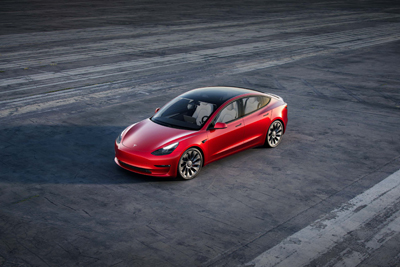Tesla is making major changes to its Safety Score system, primarily because the technology help determine individual premiums for its in-house auto insurance.
The company's somewhat unique Safety Score technology has gone through multiple tweaks since its first release, and it appears Tesla may be using it much more going forward.
For those unaware, Tesla's Safety Score debuted as a way to help the company decide which of its beta testers would get early access to new releases of the Full Self-Driving beta capability.
Tesla's longer-term plans for its Safety Score system were insurance-related. Tesla now has its own car insurance available in select areas, and it uses the Safety Score to come up with each driver's premiums. The system collects data about various metrics, such as speed, braking, turns, following distance, safety feature warnings, Autopilot disengagements, etc., and uses the data to assess how "safe" a driver is driving.
According to Electrek, Tesla said its newly updated Safety Score 2.0 system has the following changes:
- Added Excessive Speeding as a new Safety Factor. More time spent driving over 85 mph will lead to a lower Safety Score.
- Added Unbuckled Driving as a new Safety Factor. Time spent driving over 10 mph without buckling the driver’s seat belt will lead to a lower Safety Score.
- Updated Late Night Driving to be risk weighted based on when you are driving from 10 p.m to 4 a.m. The impact on the Safety Score is now reduced earlier in the night and increased later in the night.
- Updated Hard Braking Safety Factor to exclude braking events that occur when the vehicle detects a yellow traffic light.
The first two bullet points draw attention to new factors that will impact the score. Drivers will now have to pay attention to excessive speed and make sure their seat belts are buckled while driving, which clearly makes sense.
The other bullet points apply to updates to scoring for behaviors the technology was already monitoring. The goal is to make the system fairer and satisfy folks who thought it was unfair they happen to pay more for their Tesla insurance since they drive more often at night.
Other owners have complained they shouldn't be docked if they brake hard for a yellow light. This is arguably a wise update since it may discourage people from flooring it to get through the yellow.














